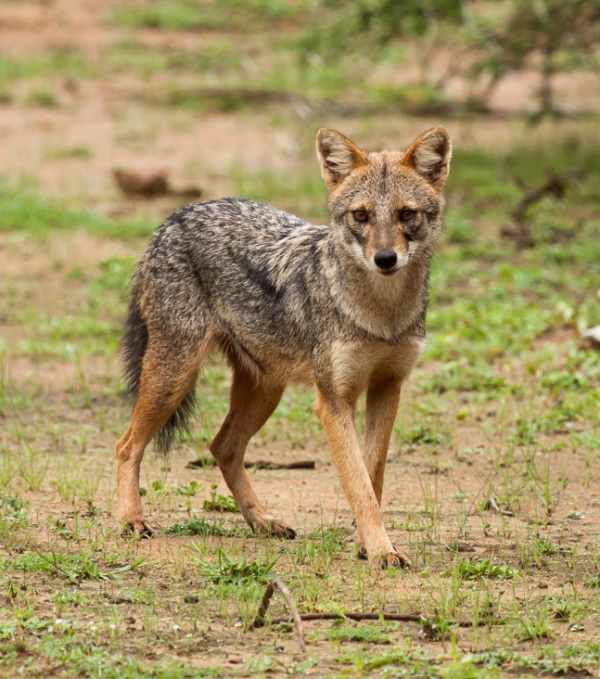Facts About Golden jackal
The golden jackal is a captivating, wolf-like creature found across various regions of Europe and Asia. Smaller than the Arabian wolf, the golden jackal features distinctive characteristics such as shorter legs, a longer body, and a narrower muzzle. Its coat varies widely in color, ranging from pale yellow to dark beige. Due to its extensive range and adaptability to different habitats, it is classified as Least Concern on the IUCN Red List.
Genetic research suggests that the golden jackal originated in India approximately 20,000 years ago. There are seven recognized subspecies of this animal, and it shares a closer genetic relationship with the gray wolf, coyote, African golden wolf, and Ethiopian wolf than with other jackal species. Remarkably, golden jackals can produce fertile hybrids with both the gray wolf and the African golden wolf.
Golden jackals are social animals, typically living in family groups that consist of a breeding pair and their offspring. They are highly adaptable omnivores, consuming a diverse diet that includes fruit, insects, and small ungulates. Despite their adaptability, they compete with other predators such as the red fox, wolves, and jungle cats.
In recent years, the golden jackal has expanded its range in Europe, often occupying territories where wolves are absent. However, they can carry diseases and parasites that pose risks to humans and livestock and may cause agricultural damage. Additionally, they are sometimes hunted for their fur. In folklore and mythology, golden jackals are frequently depicted as clever and cunning creatures.

 India
India